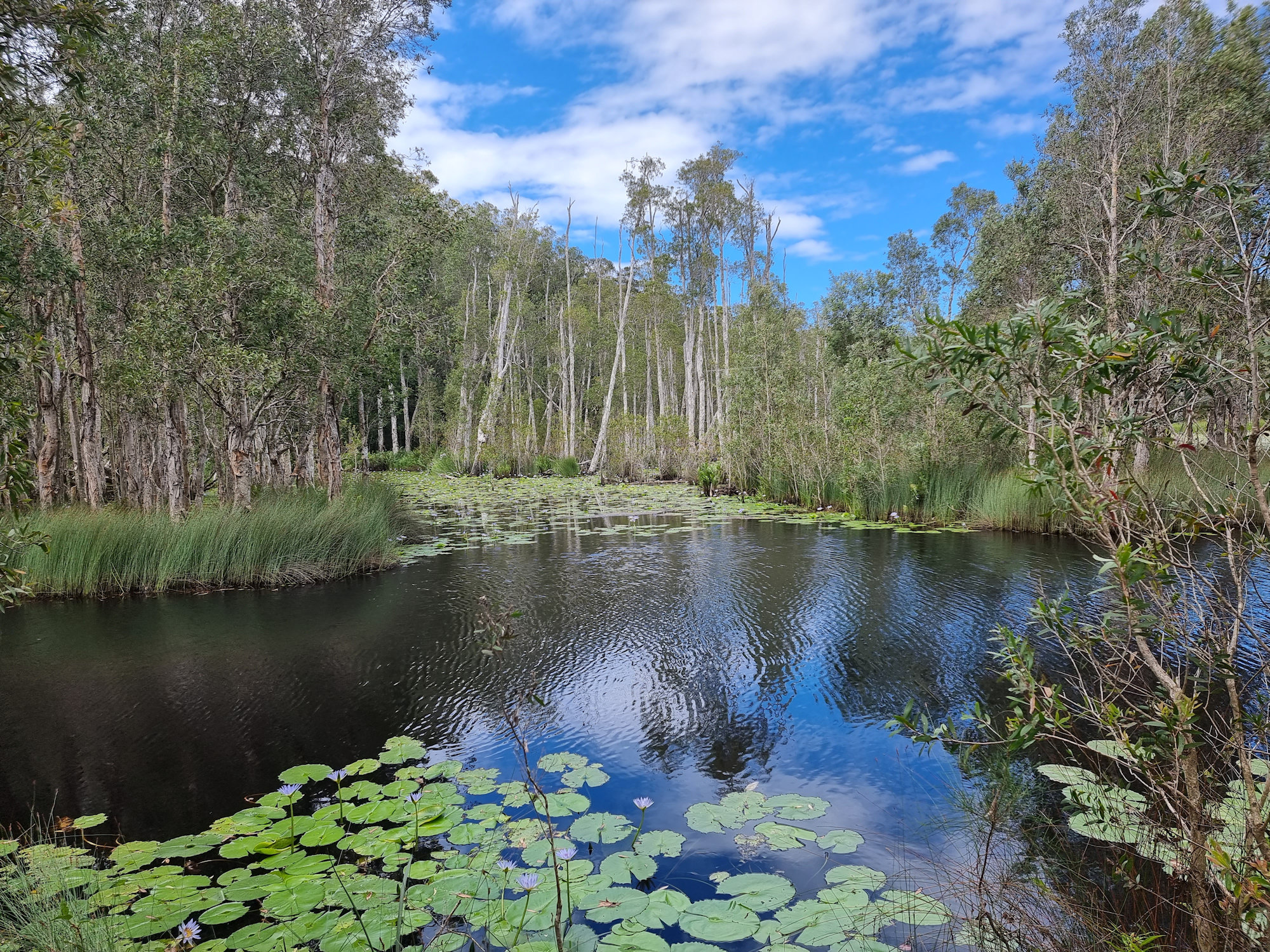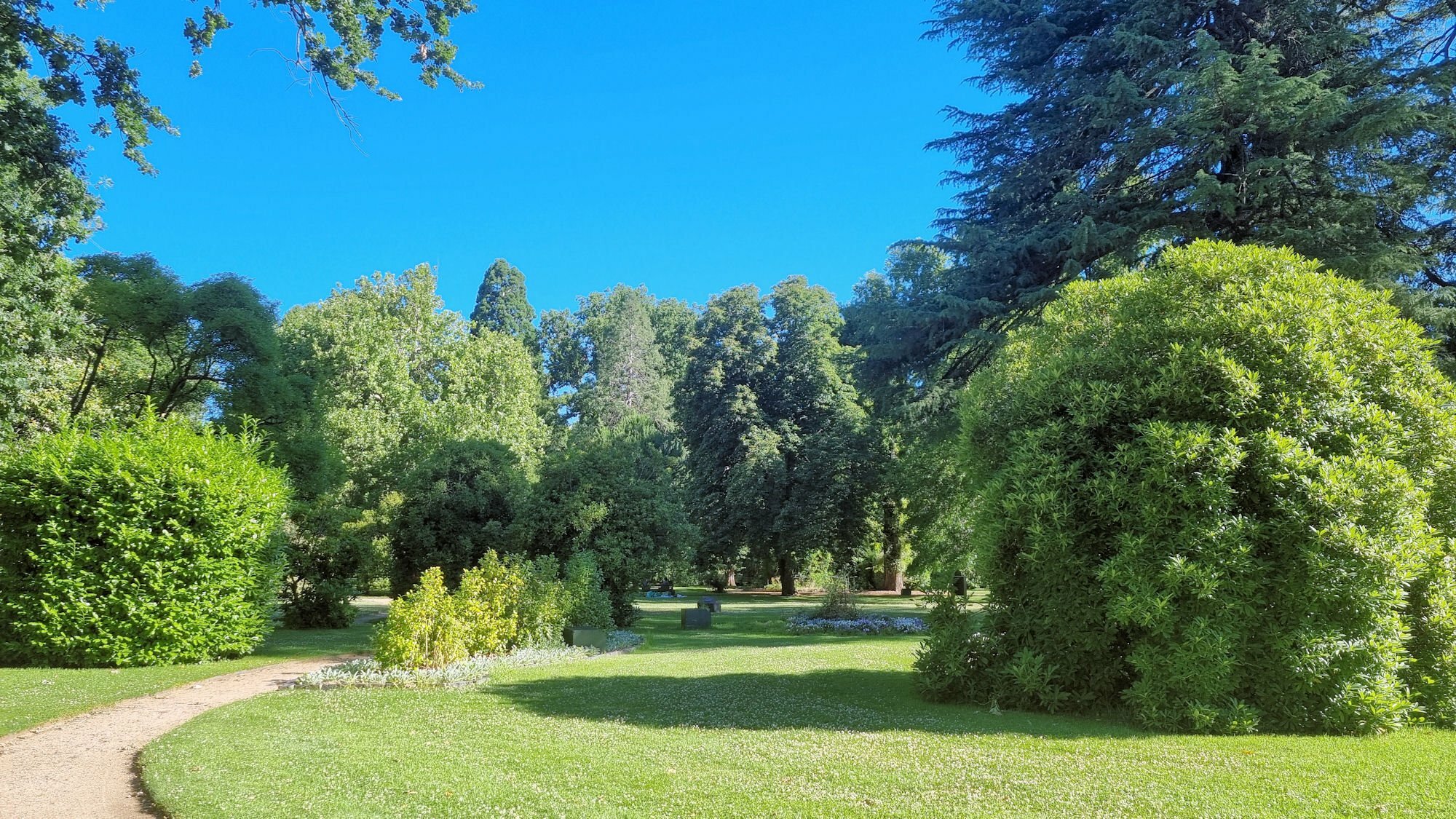Tag: pond
-
Urunga Wetlands Boardwalk

Urunga Wetlands Boardwalk The Urunga Wetlands and Boardwalk are the result of a ten million dollar project to rehabilitate an old mining processing plant. The result is a beautifully restored wetland and the containment of the tailings and their heavy metal content. History of the Site In 1969, Broken Hill Antimony Pty Ltd established an… Read more
-
Cook Park Orange

Cook Park Orange Looking for something to do in Orange after we arrived in the late afternoon, we discovered Cook Park. Named after Captain James Cook, the park is a beautiful escape, with shady trees, grassy picnic areas and a duck pond. Laid out in the Victorian style when designed in 1873 many of the… Read more